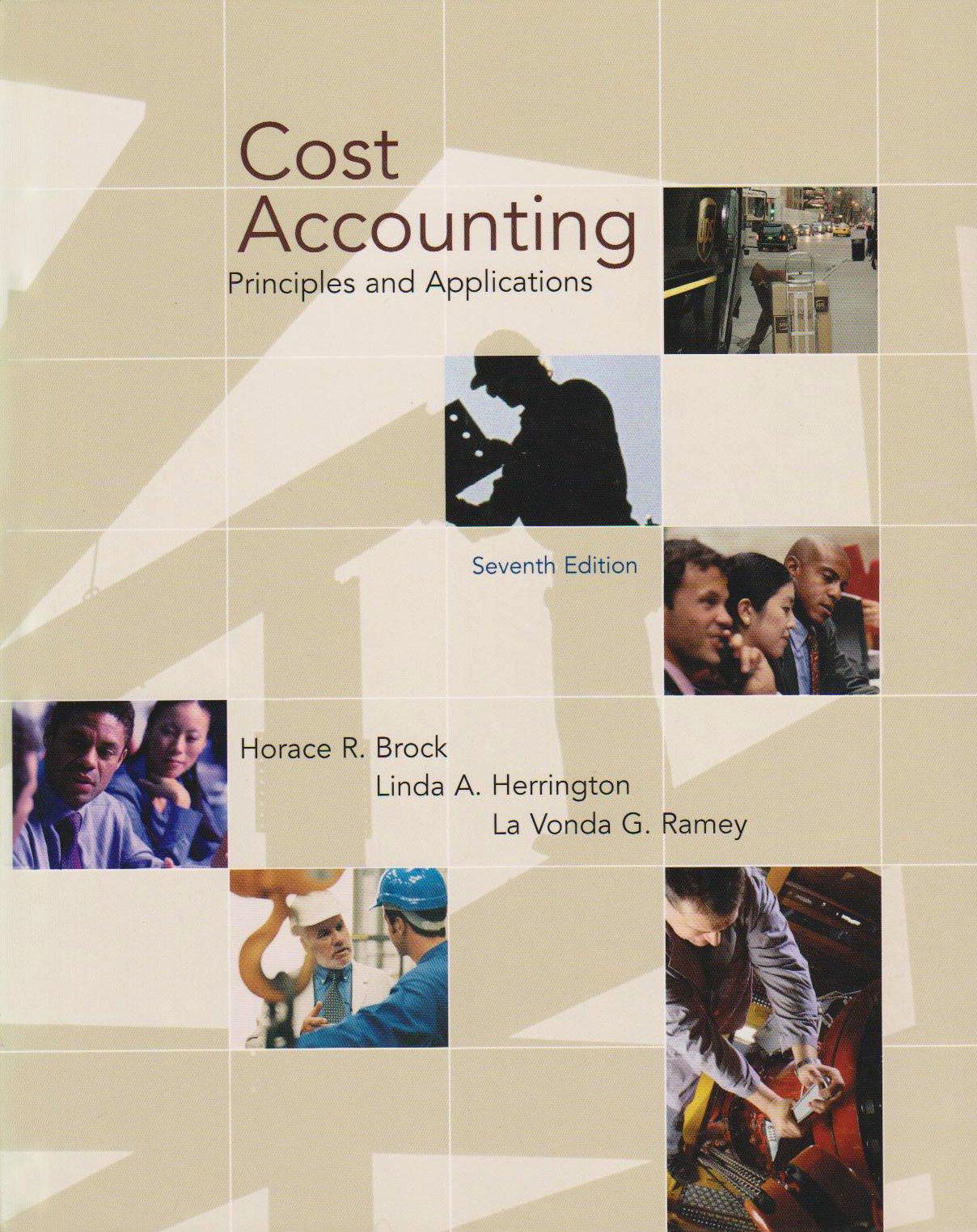Question
................................... ................................... ................................... ................................... ................................... ................................... ...................................vv ................................... ................................... Work in Process Account Data for Two Months;Cost of Production Reports Pittsburgh Aluminum Company uses aprocess
| ...................................
Work in Process Account Data for Two Months;Cost of Production Reports Pittsburgh Aluminum Company uses aprocess cost systemto record the costs of manufacturing rolled aluminum, which consists of the smelting and rolling processes. Materials are entered from smelting at the beginning of the rolling process. The inventory of Work in Process?Rolling on September 1, 2014, and debits to the account during September were as follows: During September, 2,600 units in process on September 1 were completed, and of the 28,900 units entering the department, all were completed except 2,900 units that were 4/5 completed. Charges to Work in Process?Rolling for October were as follows: During October, the units in process at the beginning of the month were completed, and of the 31,000 units entering the department, all were completed except 2,000 units that were 2/5 completed. Required: 1. Enter the balance as of September 1, 2014, in a four-column account for Work in Process?Rolling. Record the debits and the credits in the account for September. Construct a cost of production report and present computations for determining (a)equivalent units of productionfor materials and conversion, (b)costs per equivalent unit, (c) cost of goods finished, differentiating between units started in the prior period and units started and finished in September, and (d) work in process inventory. If an amount box does not require an entry, leave it blank.
If an amount is zero, enter in a zero "0". Round cost per unit answers to the nearest cent.
2. Provide the same information for October by recording the October transactions in the four-column work in process account. Construct a cost of production report, and present the October computations (a through d) listed in part (1). If an amount box does not require an entry, leave it blank.
If an amount is zero, enter in a zero "0". Round cost per unit answers to the nearest cent.
3. The cost per equivalent unit for direct materialsSelectdecreasedincreasedItem 129from August to October. The cost per equivalent unit for conversion costsSelectdecreasedincreasedItem 130from August to October. These changesSelectneed notshouldItem 131be investigated for their underlying causes, and any necessary corrective actions should be taken. |
Hide Feedback Partially Correct Check My Work Feedback
Costs accumulate in each department before being transferred to finished goods. There are three types of inventory; materials, work in process, and finished goods.
Calculate equivalent units for materials and conversion costs. Calculate the cost per equivalent unit for materials and conversion costs. Calculate the costs assigned to the beginning inventory, the units started and completed, and the ending inventory. Compare the costs per equivalent unit for August through October. The costs per equivalent units for materials and conversion for August are in the September 1 work in process inventory.
Learning Objective 1,Learning Objective 2,Learning Objective 3andLearning Objective 4.

Step by Step Solution
There are 3 Steps involved in it
Step: 1

Get Instant Access to Expert-Tailored Solutions
See step-by-step solutions with expert insights and AI powered tools for academic success
Step: 2

Step: 3

Ace Your Homework with AI
Get the answers you need in no time with our AI-driven, step-by-step assistance
Get Started


